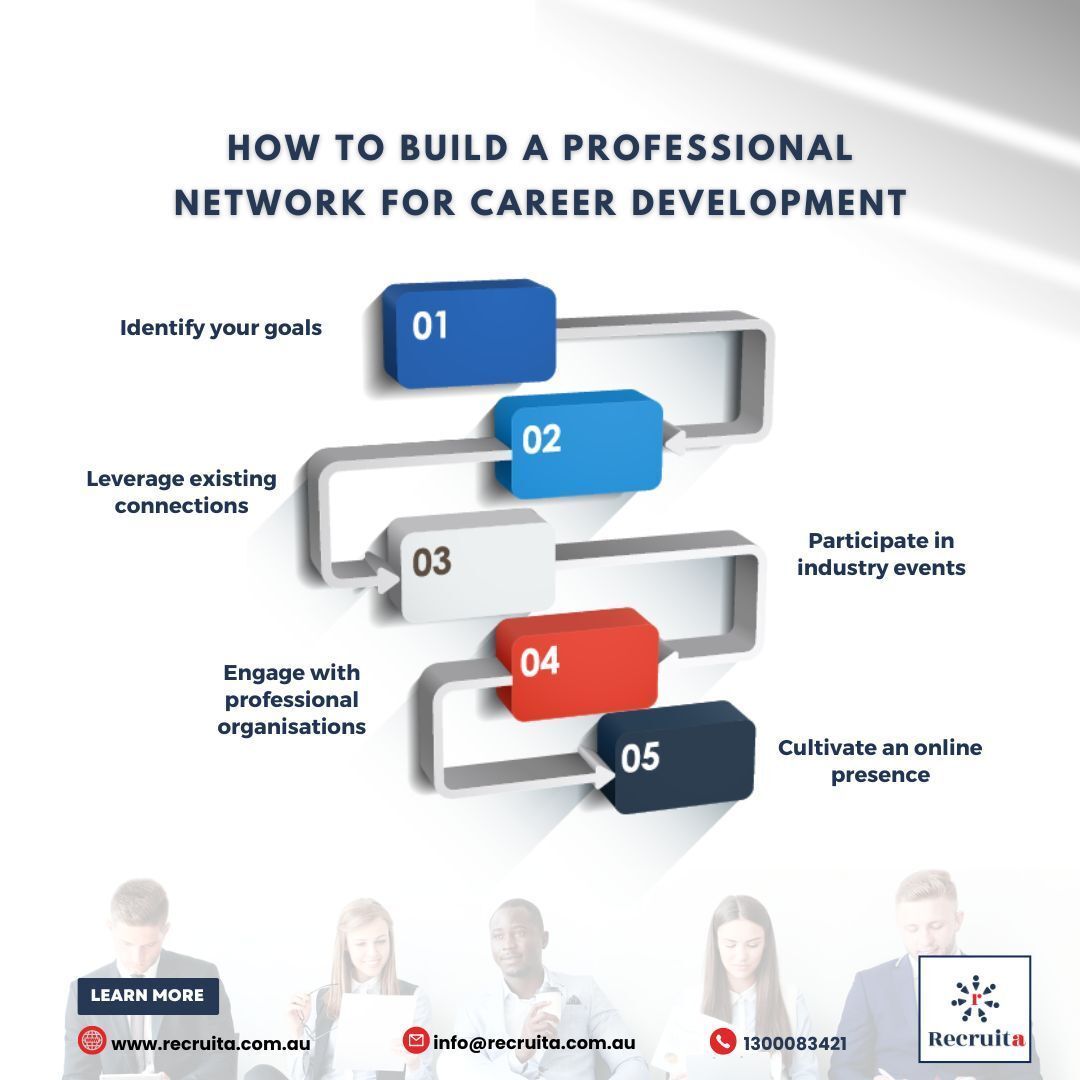Building an Enterprise Talent Management Strategy: A Guide
A comprehensive and integrated talent management strategy is critical for the success of any organization. Particularly for C-suite executives at enterprises who need to collaborate with one another regularly to discuss both sides of talent management:
- Talent acquisition: Attracting qualified candidates through savvy recruitment marketing and passive sourcing, and turning the best-fit prospects into new employees
- Workforce empowerment: Ensuring high performance for all staff members by aligning their KPIs with business goals, and working to develop (and retain) said employees
In short, the effectiveness of your talent management strategy has long-term implications for your bottom line, employee productivity, and overall growth. The challenge for business leaders such as yourself is to strike the perfect balance in terms of resource allocation. That is, you need to:
- Set your entire TA team up for success to make sure they’re able to consistently add premier prospects to their talent pool, advance those individuals through their recruitment funnel, and help hiring managers decide which ones deserve job offers
- Enable managers and human resources to help new hires hit the ground running from day one, regularly engage employees to ensure they have everything they need to thrive, and monitor their contributions to organizational performance over time
It’s clear talent management includes a lot of moving parts.
That said, your C-suite can establish a strong talent management system that addresses both sides of the talent coin, so to speak, by keeping your TA and HR leaders in the loop regarding workforce planning efforts (and changes) and providing them with world-class tech that helps them hire high-quality talent at scale and ensure all employees help the org realize the desired business outcomes.
What a strong talent management strategy looks like
What’s needed to build and sustain a well-oiled talent management machine today is straightforward:
- On the human resources side, HR “must partner with executive leaders to manage future talent risks while addressing workflow risks,” according to Gartner.
- On the talent acquisition side, TA must “be an ambassador for the company who shows others why they would want to be part of the team” and use “effective recruiting strategies [that] … help [them] find the right people,” Forbes contributor Kimberlee Leonard recently wrote.
- On the people managers side, team leaders must “expand career development beyond those employees who are considered ‘high potential,'” per MIT Sloan Management Review contributors George Westerman and Tony Gigliotti.
- And on the executive leadership side, C-suites must enable all three aforementioned stakeholders to succeed with these respective tasks on their plates and achieve OKRs assigned to them to ensure a steady stream of strong talent “enters the door” and is empowered to excel in their respective roles.
Before your enterprise can realize this vision, you first need to implement a holistic, sound, well-coordinated talent management strategy. Once you do, you can realize substantial benefits, including:
Increased employee engagement and satisfaction
When employees know they’re valued and have opportunities to learn and grow within the company, they’re more likely to be engaged and satisfied with their work. Plain and simple.
And this increased engagement leads to higher productivity, better customer service, and improved overall performance.
The key is ensuring you regularly address issues with and constantly improve your company culture — an oft-forgotten element (and a critical one at that) of successful talent management strategies.
“Company culture is often a leading driver in whether an employee feels like they’re a good fit with the business or if they choose to look for employment elsewhere,” human resources expert Jordan Nottrodt recently wrote for HRMorning. “Offering competitive wages is not enough.”
Improved workforce efficiency and communication
A major advantage of establishing linkages between your TA and HR systems (more on that shortly) is your newfound ability to centralize processes and streamline communication channels.
This, in turn, enables human resources generalists, people managers, and (you guessed it) executives such as yourself to coordinate and collaborate more effectively.
That’s because info related to both active candidates, new hires, and existing employees can be easily and securely shared across teams.
Increased efficiency as it relates to syncing insights tied to prospective hires and current staff members can lead to better decision-making (e.g., TA using quality-of-hire data to inform sourcing improvements). Moreover, it can help shorten hiring cycles and contribute to smoother onboarding experiences — both of which positively impact employee satisfaction and time to productivity.
Better employee retention rates across each team
A well-executed talent management strategy reduces turnover rates by creating a strong employee value proposition (EVP). When employees understand the long-term professional and personal benefits of staying with the company, they’re less likely to look for opportunities elsewhere.
It’s when candidates of interest and current employees don’t feel connected to your org’s mission and values that you and others on your C-suite need to alter your EVP and talent management approach.
“Is [your company’s purpose] the reason potential employees are interested in getting to know your organization?,” Prescient Strategists Managing Partner Dr. Curtis Odom wrote for Forbes. “Does it energize your current employees? Are you doing your best to encourage curiosity and a willingness to go the extra mile? If the answer [to these] is no, redefining your purpose is a necessity.”
Ensuring only the “right” talent is engaged and hired
One of the most critical aspects of a robust talent management strategy is attracting high-quality candidates who are well-suited for job openings and deemed likely culture-adds to the business.
By combining TA and employee growth efforts, your org can create clearly defined career paths and development opportunities that effectively showcase the potential for advancement and learning.
These long-term initiatives around career mobility and learning programs are essential in attracting top-tier talent who would be more inclined to remain with the company for a longer tenure.
By providing opportunities for continuous learning and skills upgrades, your company can boost its resilience and ensure long-term success. Meanwhile, your workers are able to reskill and upskill — something many likely have long desired and that will set you apart from other employers.
The key components of a modern — and successful — talent management strategy
To realize the above benefits of a talent management approach, your must ensure your org has:
A highly scalable and repeatable talent acquisition approach
Aside from well-defined processes and routinely optimized recruiting tactics and techniques, your TA teams also needs an advanced applicant tracking system (ATS) built specifically for enterprises to streamline the end-to-end hiring process and build a strong candidate pipeline.
Only with such a recruitment platform in place can all your talent specialists see real-time statuses of all active opportunities, understand what actions are needed to advance these individuals in their funnels, and make data-backed decisions using actionable, always-up-to-date candidate insights.
A concerted focus on ongoing employee development
As noted, key element of a successful talent management strategy is a perpetual workforce training program. Your e-staff must invest in learning and development initiatives to enhance organizational capabilities and institutional knowledge, bridge critical skill gaps, and support professional growth.
“Access to … comprehensive skills data can help leaders make much better strategic decisions about talent management,” RedThread Research Cofounder and Principal Analyst Dani Johnson told SHRM.
A dedicated strategy around performance management
A strong performance management process helps gauge employee performance and provide timely feedback, fostering open communication channels and driving continuous improvement.
Work with your human resources team to identify critical success factors, establish clear performance expectations, and facilitate employee evaluations.
Only when this is executed can you and other business leaders and managers capably discern strengths and areas for improvement in terms of your existing human capital.
Refining your talent management processes
At the end of the day, to fully reap the benefits of talent management, your must integrate your talent acquisition and HR systems to realize more structured processes, enhance cross-functional comms, and improve data-driven decision-making.
Here’s how an integrated approach can be implemented:
Ensure strong collaboration among executive, HR, and TA teams
Enhancing communication across the org is a ceaseless endeavor. Nevertheless, your C-suite must be the ones to drive an ongoing dialogue with TA and HR teams to ensure they’re aligned on key goals, challenges, and needs so they can plan their recruiting and evaluation efforts accordingly.
Regular meetings and data-sharing can promote transparency and encourage collaboration.
Connect key human resources and talent acquisition tech
With a best-in-class enterprise ATS at the center of your TA tech stack, you can then connect said system into your HCM and HRIS for seamless data transfer and real-time synchronization.
That means recruiters can access data tied to performance reviews and quality of hire, which can tell them which employees who were once passive prospects they sourced turned into low- and high-performing employees. In turn, these insights can help them adjust their sourcing approach.
Develop a competency framework for each business role
And finally, implement a uniform set of metrics to assess employees’ skills, knowledge, and abilities across teams. This type of framework can serve as a foundation for performance evaluations, training programs, and succession planning, fostering consistency and cohesion across HR and TA.
Source: https://www.jobvite.com/blog/talent-management-strategy/



